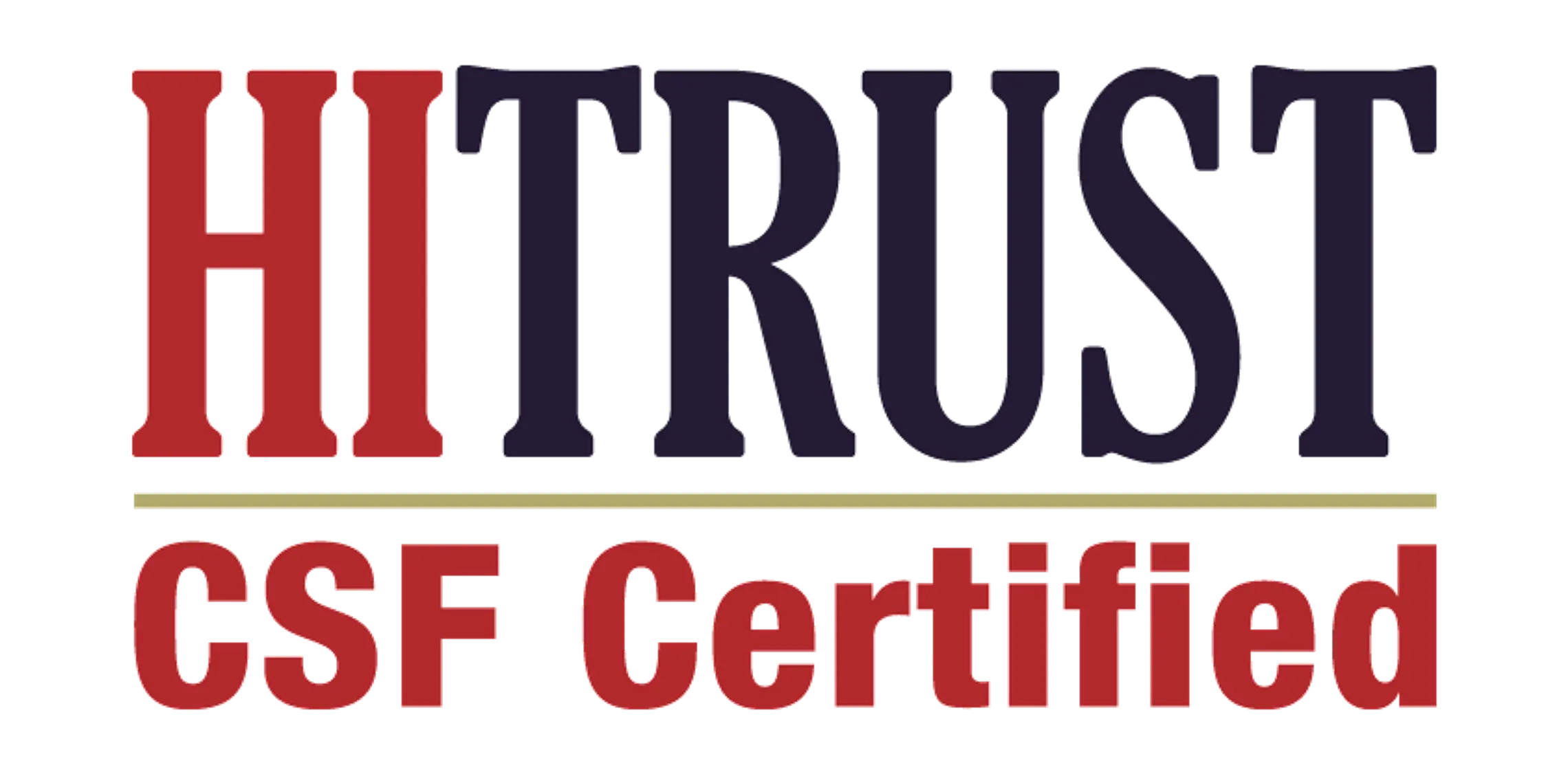Ensuring long-term profitability in healthcare: Strategic planning for revenue cycle management
In the dynamic world of healthcare, maintaining profitability is a continuous challenge. Revenue Cycle Management (RCM) plays a crucial role in achieving this goal, encompassing the financial process that facilities use to manage the administrative and clinical functions associated with claims processing, payment, and revenue generation. To keep RCM profitable in the long term, healthcare organizations must adopt a strategic approach, integrating advanced technology, streamlined processes, and a patient-centric focus.
1. Embrace Advanced Technology
Adopting advanced technology is a cornerstone of strategic planning in RCM. Automation and artificial intelligence (AI) can revolutionize the way healthcare organizations manage their revenue cycles. Implementing robotic process automation (RPA) can streamline repetitive tasks such as data entry, claim submission, and payment posting. AI can enhance predictive analytics, enabling healthcare providers to anticipate claim denials and address issues proactively.
Key Actions:
- Implement RPA to automate routine tasks.
- Utilize AI for predictive analytics and denial management.
- Invest in integrated RCM software to unify billing, coding, and claims processing.
2. Optimize Denial Management
Denial management is a critical aspect of maintaining a profitable RCM. Identifying the root causes of claim denials and addressing them promptly can significantly improve revenue collection. A comprehensive denial management strategy involves regular analysis of denial trends, staff training, and the use of technology to track and manage denials effectively.
Key Actions:
- Conduct regular denial trend analysis to identify common causes.
- Train staff on best practices for accurate coding and documentation.
- Implement denial management software to track and resolve issues quickly.
3. Enhance Patient Engagement
Patient engagement is increasingly important in the healthcare industry. Ensuring patients are well-informed about their financial responsibilities and providing them with convenient payment options can lead to faster payments and improved patient satisfaction. Transparency in billing and proactive communication can prevent confusion and disputes.
Key Actions:
- Offer clear and detailed billing information to patients.
- Provide multiple payment options, including online payment portals.
- Engage patients through regular communication about their financial responsibilities.
4. Streamline Billing and Coding Processes
Efficient billing and coding processes are fundamental to a profitable RCM. Accurate coding reduces the likelihood of claim denials and ensures proper reimbursement. Investing in continuous staff education and the latest coding tools can enhance accuracy and efficiency.
Key Actions:
- Invest in continuous education and training for coding staff.
- Utilize advanced coding software to ensure accuracy.
- Conduct regular audits to identify and correct coding errors.
5. Implement a Robust Compliance Program
Compliance with healthcare regulations is essential to avoid costly penalties and legal issues. A robust compliance program ensures that the organization adheres to the latest regulatory requirements and industry standards. Regular training and audits can help maintain compliance and mitigate risks.
Key Actions:
- Develop and implement a comprehensive compliance program.
- Conduct regular training sessions for staff on regulatory updates.
- Perform periodic audits to ensure adherence to compliance standards.
6. Focus on Data Analytics
Data analytics can provide valuable insights into the performance of the RCM process. By analyzing key performance indicators (KPIs), healthcare organizations can identify areas for improvement and implement targeted strategies to enhance efficiency and profitability.
Key Actions:
- Utilize data analytics to monitor and analyze RCM performance.
- Identify and track key performance indicators (KPIs).
- Implement data-driven strategies to address identified issues.
7. Foster Collaboration Across Departments
Effective RCM requires collaboration between various departments, including finance, IT, and clinical staff. Creating a culture of teamwork and open communication can lead to a more cohesive approach to revenue management, ensuring that all aspects of the revenue cycle are optimized.
Key Actions:
- Promote collaboration and communication between departments.
- Establish cross-functional teams to address RCM challenges.
- Foster a culture of continuous improvement and innovation.
Conclusion
Maintaining long-term profitability in healthcare through effective Revenue Cycle Management requires a strategic approach that embraces technology, optimizes processes, and focuses on patient engagement and compliance. By implementing these strategies, healthcare organizations can ensure a profitable and sustainable future in an ever-evolving industry. The key to success lies in continuous improvement, adaptability, and a commitment to excellence in every aspect of the revenue cycle.






